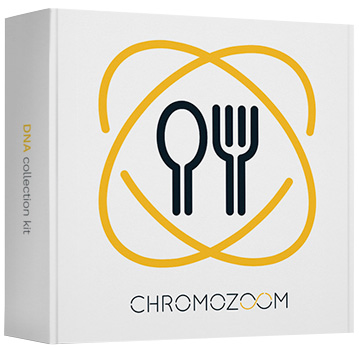Histamine intolerance
What is histamine intolerance?Histamine intolerance occurs when too much histamine accumulates in our body due to an imbalance between endogenous histamin synthesis, histamin intake through diet and lack of enzymes needed for histamin breakdown (DAO, HNMT). Too much histamine then causes adverse effects.
What are symptoms of histamine intolerance?
• Gastrointestinal discomfort associated with vomiting or diarrhea
• Abdominal pain
• Headache
• Urticaria
• Rhinitis
• Pruritus
• Flushing
• Asthma-like symptoms
• Hypotension and tachycardia
How to manage histamine intolerance?
Histamine intolerance is managed by low histamine diet. Histamine-rich foods and those that block DAO production must therefore be avoided –
• Alcohol and other fermented beverages
• Fermented foods and dairy products, such as yogurt and sauerkraut
• Dried fruits
• Avocados
• Eggplant (aubergine)
• Spinach
• Processed or smoked meats
• Shellfish
• Aged cheese
Histamine intolerance should not be self-diagnosed. If you experience any symptoms or have a suspicion, please contact your physician.
